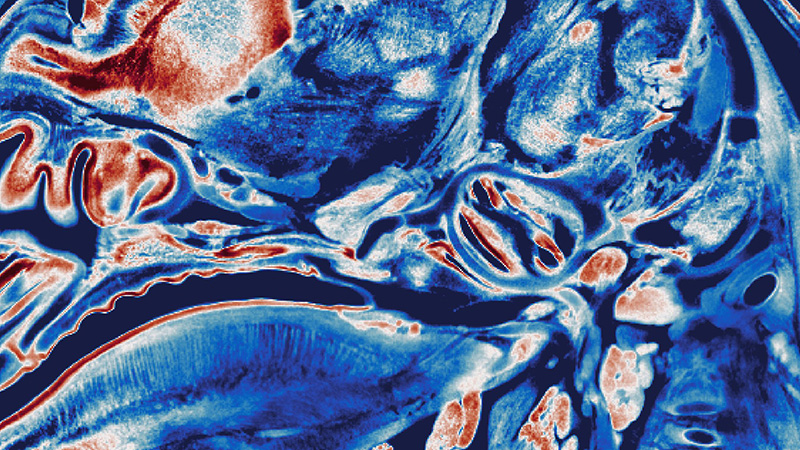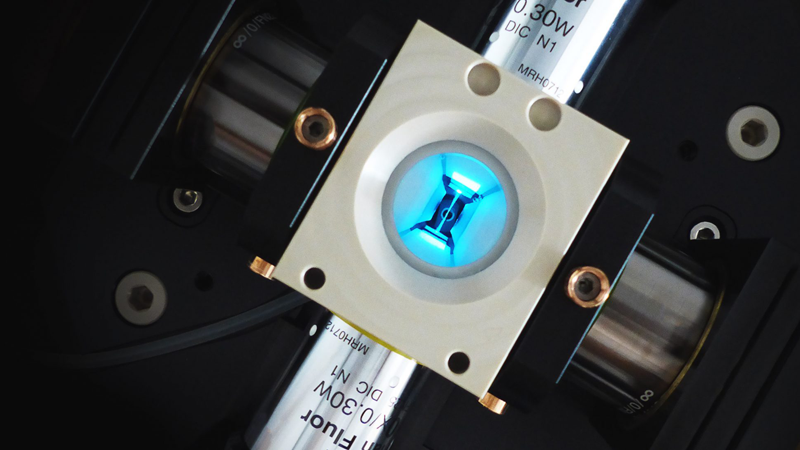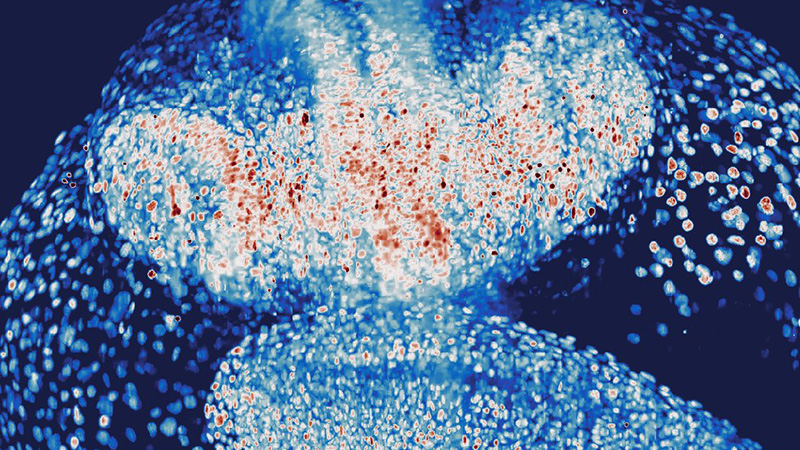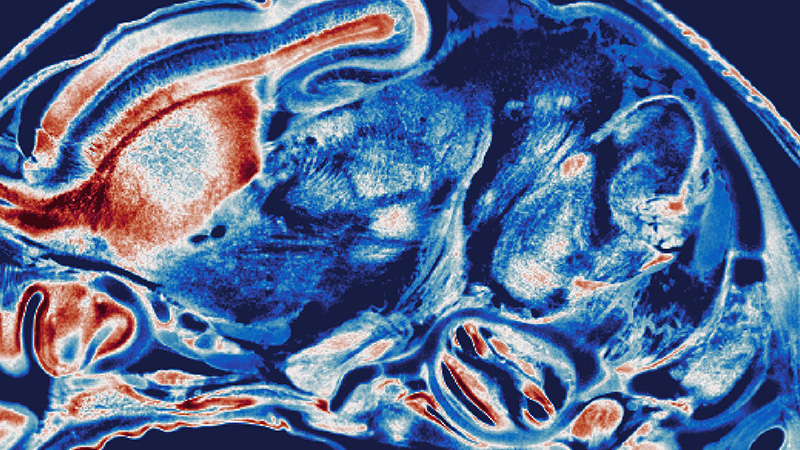Your Next Confocal Should Be a Light-Sheet Microscope
Light-Sheet Fluorescence Microscopy
Light-sheet microscopy is ideal for long-term, live sample imaging and large-volume, cleared sample imaging compared to confocal laser scanning and spinning disk confocal microscopy. Due to its unique capabilities, a light-sheet microscope can image even very fragile samples, such as organoids, for minutes to days.
Light-sheet imaging is often used for one or several of these reasons:
- Reduced phototoxicity and photobleaching: Light-sheet imaging minimizes light exposure to the specimen by selectively illuminating a single plane. This makes it suitable for imaging live samples over extended periods.
- High speed: Light-sheet microscopy can acquire 3D image stacks rapidly, making it ideal for capturing dynamic processes in live samples.
- Low background: Since out-of-focus light is not detected, light-sheet microscopy produces images with high contrast and minimal background.
Reduced Phototoxicity and Photobleaching
Phototoxicity
Phototoxicity can occur as a result of light exposure during excitation illumination. This is particularly common in long-term imaging and time lapses, which can lead to cellular damage and even sample death [1].
In light-sheet fluorescence microscopy, only a very thin section of the sample is illuminated, and the whole plane is acquired in parallel, often by a separate detection objective. This makes light-sheet microscopy very photon-efficient with minimal phototoxic effects.
In the worst-case scenario, phototoxic effects can alter cell behavior and the whole specimen. One example of this can be found in the study of osteoblast development, which showed that spinning disk confocal microscopy can lead to inappropriate bone development in zebrafish. At the same time, light-sheet imaging did not impact the bone development [2].
Photobleaching
Photobleaching is the permanent loss of the fluorophore's ability to fluoresce due to light-induced irreversible change of chemical alteration. Long-term exposure to light, especially in time-lapse studies, induces photobleaching, hindering the accurate detection of data [3].
Parameters
- InVi SPIM: 62x/1.1NA, 2048 × 2048 pixel, pixel size 100 × 100 nm, light-sheet thickness 2 µm, illumination time per voxel 25 µs
- Spinning disk confocal: 60x/1.2NA, 2048 × 2048 pixel, pixel size 100 × 100 nm, pinhole diameter 50 µm or 1.5 Airy units, pinhole distance 250 µm, illumination time per voxel 10 µs
- Point confocal: CLSM with 10k resonant scanner; 60x/1.2NA, 200 × 200 pixel, pixel size 250 nm, pinhole diameter 50 µm or 1.5 Airy units, illumination time per voxel 0.5 µs
- Fluorescence lifetime: 2.5 ns
- Intersystem crossing rate: 2.5·106 s-1
- Triplet lifetime: 5 µs
- Bleach rate: 100 s-1 at 1 kW cm-2
Comparing light-sheet, spinning disk, and confocal microscopy rates reveals a lower photobleaching rate with light-sheet microscopy.
High-Speed Acquisition
Light-sheet imaging offers optical sectioning by using a thin light sheet and an orthogonal arrangement of the illumination and detection objective lenses. The intrinsic optical sectioning reduces phototoxic effects and enables high acquisition speed.
Contrarily, confocal and spinning disk microscopy acquire images at a specific focal plane using point scanning and rejecting out-of-focus signal with a pinhole(s). This setup enables high-resolution image acquisition at the expense of photodamage and acquisition speed.
High Temporal and Spatial Resolution
Light-sheet microscopy enables high imaging speed and the possibility of capturing a higher number of subsequent events. This is of particular relevance in fast-occurring dynamic processes such as calcium imaging or when imaging time-lapses of development over long periods.
Low Background and High Signal-to-Noise Ratio
For all fluorescence microscopy techniques, achieving a low background and high signal-to-noise ratio (SNR) is critical for obtaining accurate and detailed images of biological samples.
Multiple factors influence SNRs, including fluorophores, tissue autofluorescence, and background noise. Additionally, photon-counting detectors like electron-multiplying CCDs (EMCCDs) or scientific CMOS (sCMOS) cameras enhance SNR by reducing readout noise and improving sensitivity.
Crucially, the main difference between light-sheet and confocal imaging during image acquisition is that in light-sheet imaging, only the focal plane is illuminated, and thus, no out-of-focus excitation contributes to the background, as is the case for confocal imaging.
After the image acquisition, advanced image processing techniques such as deconvolution can improve the SNR and image quality.
References
[1] J. Icha, M. Weber, J. C. Waters, and C. Norden, “Phototoxicity in live fluorescence microscopy, and how to avoid it,” BioEssays, vol. 39, no. 8, p. 1700003, 2017, doi: 10.1002/bies.201700003.
[2] M. Jemielita, M. J. Taormina, A. Delaurier, C. B. Kimmel, and R. Parthasarathy, “Comparing phototoxicity during the development of a zebrafish craniofacial bone using confocal and light sheet fluorescence microscopy techniques,” J Biophotonics, vol. 6, no. 11–12, pp. 920–928, Dec. 2013, doi: 10.1002/jbio.201200144.
[3] P. A. Santi, “Light sheet fluorescence microscopy: a review,” J. Histochem. Cytochem., vol. 59, no. 2, pp. 129–138, Feb. 2011, doi: 10.1369/0022155410394857.





